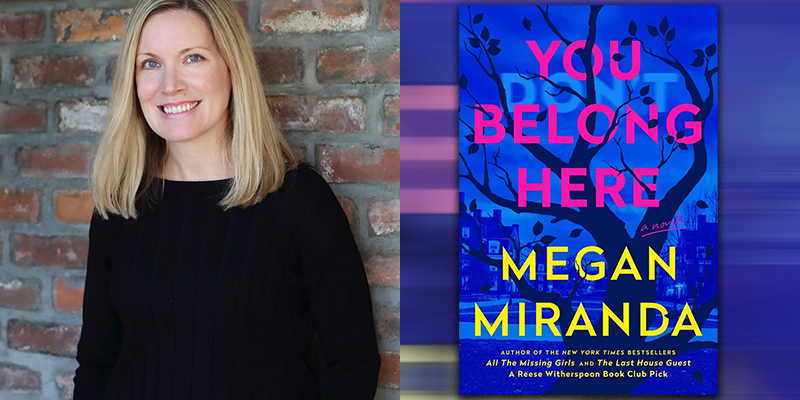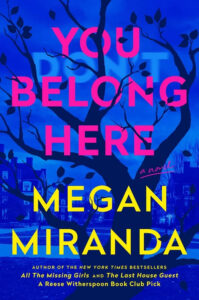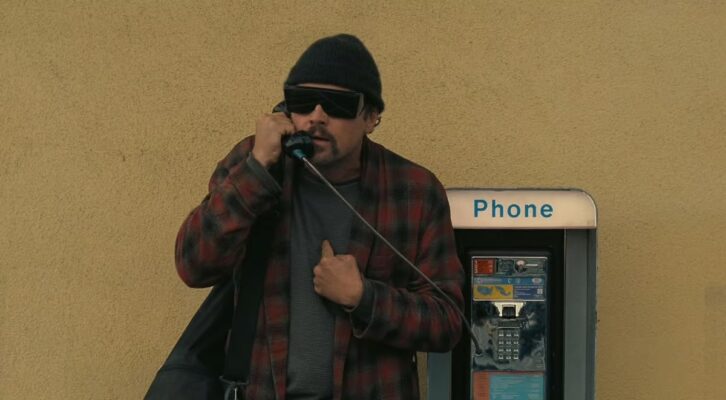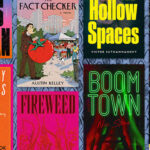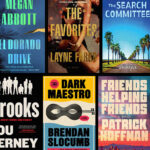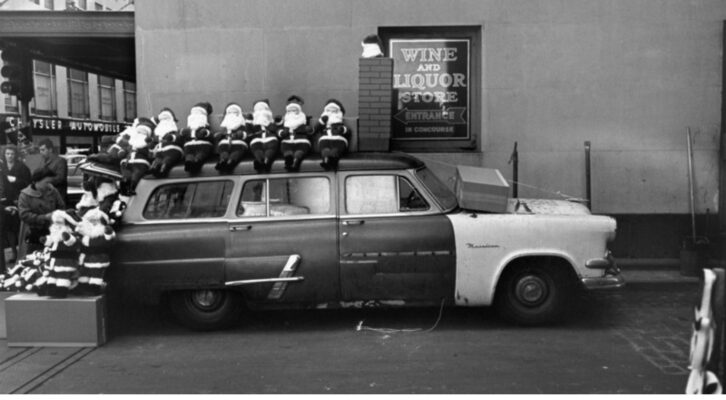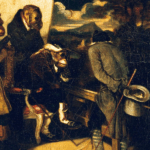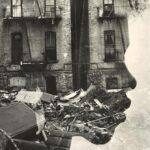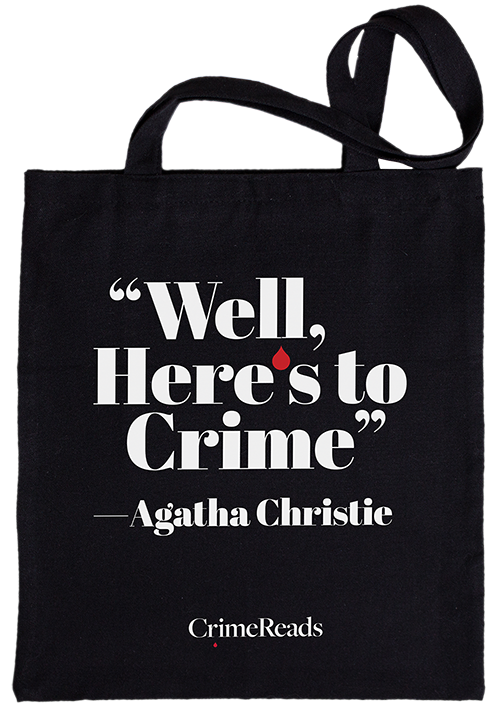A few years ago, the summer after my daughter’s junior year of high school, we planned a road trip to visit colleges up and down the east coast. We mapped a route from North Carolina to upstate New York and planned to stop at a college each day—two, if we were feeling ambitious. It was an adventure with a purpose. But I was also slowly coming to terms with the fact that she would be leaving home soon, and the trip also felt like an opportunity. When else will I get the chance to go on a road-trip with my almost-adult child? And so off we went.
The trip went remarkably smoothly, overall. But it turns out there is such a thing as too many college visits in a short period of time, because it wasn’t long before the details all started to blend together. I think it was sometime during our second pass through Pennsylvania that I started to lose my grip on reality. Hadn’t I seen this library before? Wasn’t this a story we’d heard somewhere else? How many miles until our next hotel? It was in this moment that our lovely tour guide started talking about a tradition I was sure I’d learned about somewhere else, and I thought: Was this all a cover? The surface story they’re instructed to tell prospective students? I leaned over to my daughter and whispered, “I wonder what they don’t want us to know.”
Later that afternoon, on the trek to our next hotel, I couldn’t stop thinking about some secret, alternate history—the one we didn’t know, that no one wanted to share. And the idea for a new thriller started to take shape.
We talked it out over the next few days, on the rest of the drive. It started small: What if I wrote a story set on a college campus? What if the main character grew up there? What if her parents were both professors and she was named for a building on campus, with roots running deep in that small town? And then it kept growing: What if there was a secret tradition, and the woman fled town soon after, vowing never to return? What if it’s her daughter who applies in secret, twenty years later—and somehow drags that past back to the surface?
By the time we crossed back in to North Carolina, the idea for You Belong Here had almost consumed me.
I realized I was writing about legacy, in all of its forms: The legacy of a college, and of a town impacted by tragedy. The legacy a mother has left behind. And her daughter, who is now a legacy at that same college.
Is this weird? I asked my daughter. To write a thriller about a mother sending her child to college at the same time we’re living it?
Yes, she assured me. It’s very weird. But you should do it.
So with her blessing, off I went. The book would be set in a small college town in the Virginia mountains. The woman would be named Beckett.
When I began, I thought, This should be easy. I was living this stage of my own life. It felt very write what you know, and boy did I feel I had the upper hand on the material this time.
Some parts did come naturally, particularly in the beginning sections. It was perhaps the least amount of distance I’d felt between a main character and myself. There I was, in her shoes, in her head. In the opening pages, when Beckett thinks: I didn’t understand how we had gotten here so quickly. The last eighteen years had stretched into a lifetime, and suddenly time was catapulting, leapfrogging—it was as if I was telling my own story. When she says: I still wasn’t ready—I would be lying if I said I wasn’t channeling my own conflicting emotions.
And yet, I must confess, it was probably the worst possible time to be attempting to write this book—a thriller, about a mother sending her child off to the college she had fled in fear, convinced the dangers might still be waiting for her there.
For me, the strongest way I can grasp onto an idea in a thriller is to take something that feels close to ordinary, and then push it to an extreme. To imagine the life of a character spiraling beyond their control, where they ultimately must come face to face with not only the mystery at the heart of the story, but themselves.
So I looked on as, by page 50, Beckett’s life began to spiral out of her control. Yes, I did this to her, knowingly and with precision. But this was clearly not the best time to be imagining all of the things that could (and then did) go terribly wrong for Beckett, when I had connected so strongly to her in those opening pages.
In my real life, when I was about halfway through the draft, college decisions started to come in, and we took a second road trip to make that final selection. This time, I felt armed with a list of questions—about safety. It’s research, I told my daughter. But she gave me her don’t-you-dare look. So I didn’t.
Ultimately, the school she picked also happened to be located in the Virginia mountains. Was this life imitating art? Or art imitating life? I wasn’t sure. I sent Beckett spiraling some more.
For me, plots are often fueled by wondering what if, what if, what if, and following the trail on to the next layer. But now, it was nearly impossible to turn off that voice when I closed the laptop for the day.
I wondered, like Beckett, if I had adequately prepared her for every possible eventuality. (Could any of us?) Did she know how to navigate the woods in the dark? (Did I?) And what was the cell phone coverage like in that region anyway?
I turned in the first draft the week before her move-in date. Beckett had already lived it all by then. I’d written a similar scene the year before, when it was time for them to say goodbye. Beckett was a writer at a sudden loss for words. She wasn’t ready, and then she was.
I often find that, under the surface of a thriller, behind the layers of fear, I’m pulled by something stronger at the core. Something you can feel, rather than see.
There are several mysteries to unravel at the heart of You Belong Here. But that something underneath? In this one, I promise you, it won’t be hard to find.
***

